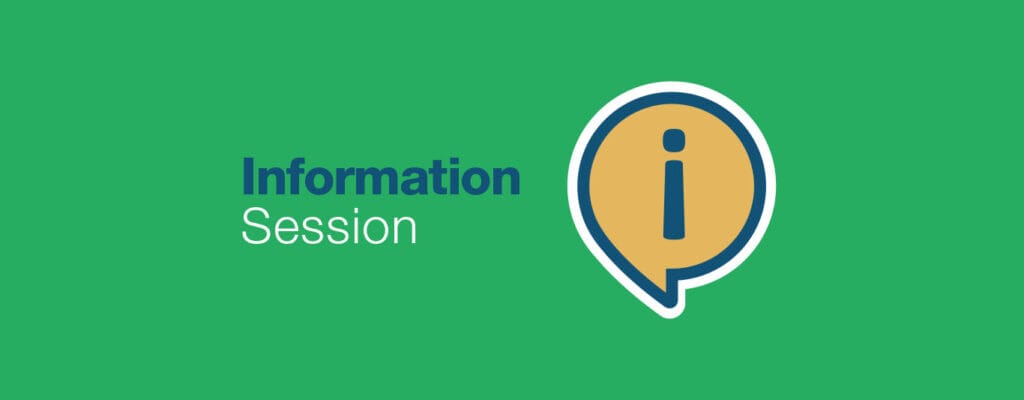The November issue of District Alignment highlighted the different parts of sustainable professional development: a culture of ongoing learning, empowering teachers, mixed approaches, administrator role, teaching the administrator and overcoming challenges.
Here at CLI, we know the importance of a sustainable model of professional development for teachers. We know that it is important to provide teachers not only with the skills and tools they need to be able to teach students but to also provide continuous teacher enrichment. One way we make this possible is through CLI Compass – a professional development tool for teachers that can be accessed 24/7.
We also know that professional development is multifaceted, which is why our professional development services include not only face-to-face coaching and training but online tools as well. David Jakes, Coordinator of Instructional Technology at Glenbrook South High School explains that “the key to maintaining a culture of ongoing learning and sustainable professional development should include a mixture of approaches.” We practice that by using on-the-ground professional development as well as CLI Compass.
Another important factor noted in the District Administrations tips for sustainable professional development is the importance of administrators and their integral role in implementing professional development within a school. Cheryl Nussbaum-Beach, co-founder of Solution Tree and Ann Cunningham Morris, director of professional development at ASDC said, “Ensuring that administrators are deeply immersed in and dedicated to the school’s professional development program is key to its effectiveness and sustainability.” At CLI, we provide professional development for school administrators so that they too can create sustainable change.
We know that the reason professional development is important for teachers is so that they can create sustainable change in the lives of children who need it the most. That is why one focus of our professional development is classroom culture. It is important for students to have a safe and welcoming classroom environment to learn to read. “In traditional classroom observations, administrators would look for kids sitting quietly in rows, all eyes on the teacher, displaying listening cues,” says Nussbaum-Beach. Now, the process is somewhat “messier.” Administrators must be able to tell the difference between chaos and excitement, identifying, for instance, a “humming excitement” that indicates students are engaged, she says.
At CLI we know the importance of creating a sustainable model of professional development which is why we have 89 plus professional developers dedicated to working with teachers and incorporating many of the strategies named here.





